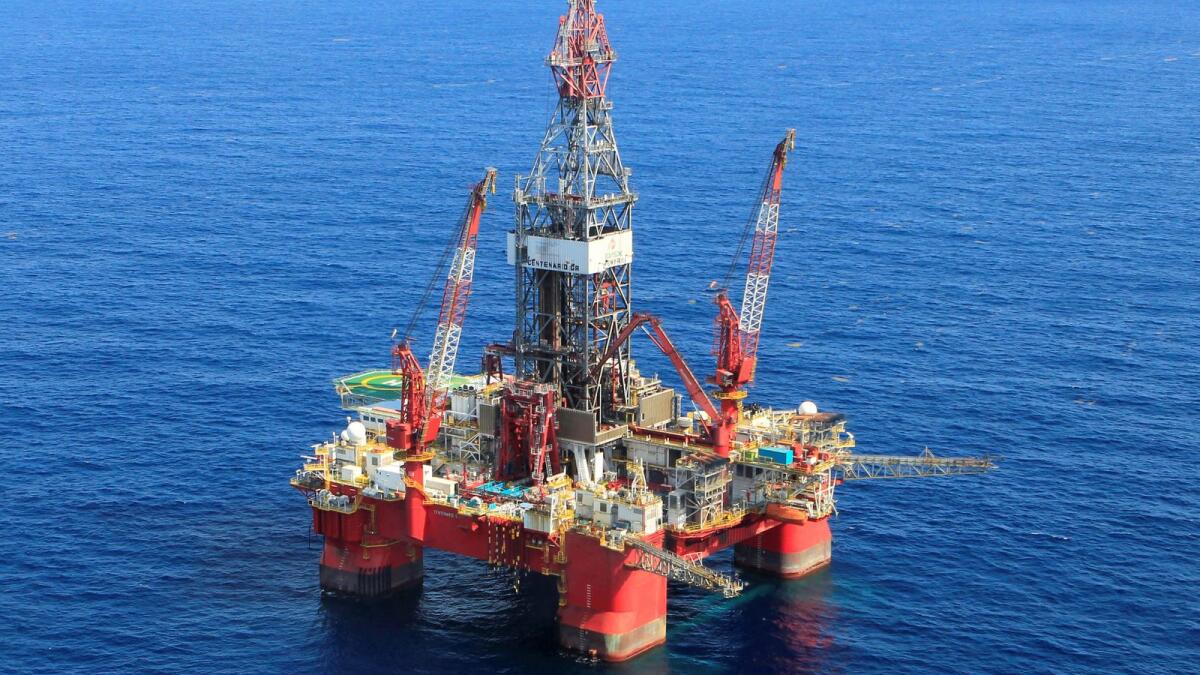Oil prices surged by 3% on Thursday as producers evaluated the impact of Hurricane Francine on oil output in the Gulf of Mexico. UBS analysts suggested that up to 1.5 million barrels of oil production were disrupted due to the storm, with significant damage reported in offshore oil producing areas. U.S. West Texas Intermediate crude futures rose by 2.8% to $69.22 per barrel, while Brent crude futures increased by 2.4% to $72.31 per barrel. The storm led to the evacuation of over 171 offshore platforms, resulting in an estimated reduction of 50,000 barrels per day in oil output this month.
Despite the initial disruptions caused by Hurricane Francine, analysts believe that the impact may be short-lived as the storm rapidly lost intensity after making landfall in Louisiana. As oil and fuel export ports in Texas reopened on Thursday and refineries resumed operations, concerns shifted back to weak global oil demand. Brent crude futures had settled near a three-year low earlier in the week following a decrease in demand growth forecasts by the OPEC+ producer group. The International Energy Agency further reduced its 2024 demand growth forecasts by over 7%, citing sluggish demand in China and other regions.
The United States, the largest consumer of oil, is also facing challenges with weak demand as indicated by rising oil stockpiles, lower fuel demand, and diminishing exports. Gasoline prices in the U.S. are approaching a three-year low due to an oversupply and reduced demand, with consumption representing a significant portion of global oil demand. Analysts suggest that the ongoing trend of weak demand in the U.S. and other key markets could continue to impact oil prices in the coming months, despite the temporary disruptions caused by Hurricane Francine in the Gulf of Mexico.
The swift recovery of oil production in the Gulf of Mexico following the passage of Hurricane Francine has been a relief for the industry, with concerns now focused on the broader issues of global oil demand. The increased output from refineries and export ports in the region has helped stabilize oil prices after the initial spike caused by the storm. However, market analysts warn that the long-term outlook for oil prices remains uncertain, given the ongoing challenges of weak demand in key markets and the impact of geopolitical factors on supply and production.
In response to the fluctuating oil prices and demand trends, industry experts are closely monitoring developments in major oil-producing regions and assessing the potential impact on global supply chains. The resilience of the oil market in the face of natural disasters and geopolitical uncertainties remains a key concern for producers and consumers alike. While short-term disruptions such as Hurricane Francine can cause temporary spikes in prices, the underlying factors of weak demand and oversupply continue to weigh on the market, shaping the future trajectory of oil prices and production levels worldwide. As the industry navigates these challenges, stakeholders are exploring innovative strategies to adapt to the evolving dynamics of the global oil market and ensure a sustainable and stable energy supply for the future.
Overall, the recent surge in oil prices, driven by disruptions in the Gulf of Mexico following Hurricane Francine, underscores the fragility of the global oil market and the complex interplay of factors influencing supply and demand. While the immediate impact of the storm has been contained, the broader challenges of weak global demand and oversupply continue to pose significant risks for the industry. As the market adapts to these challenges, stakeholders must remain vigilant and proactive in addressing the evolving dynamics of the oil market to ensure a stable and sustainable energy future. By closely monitoring trends in oil production, demand, and pricing, industry players can better navigate the uncertainties and risks inherent in the global oil market landscape.











